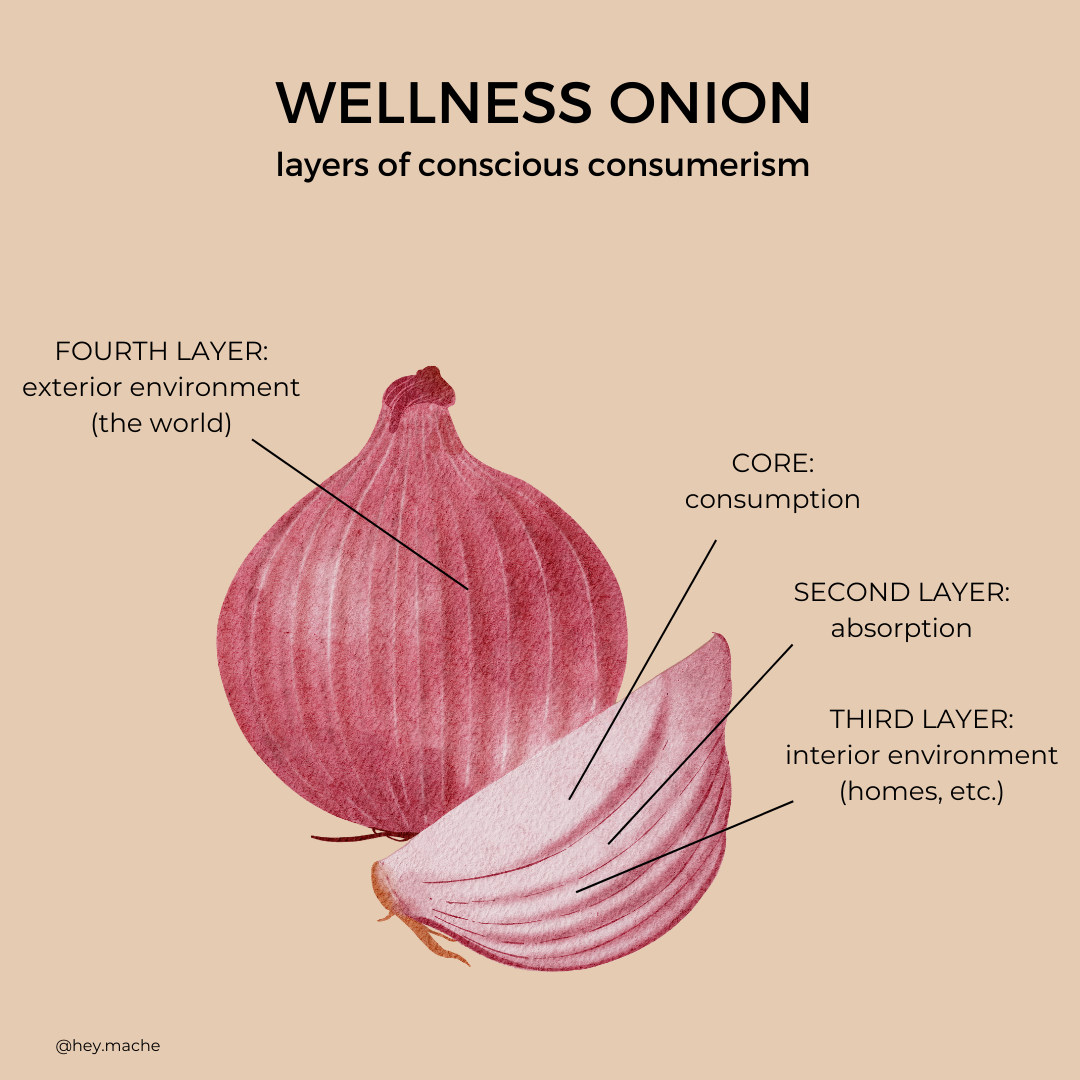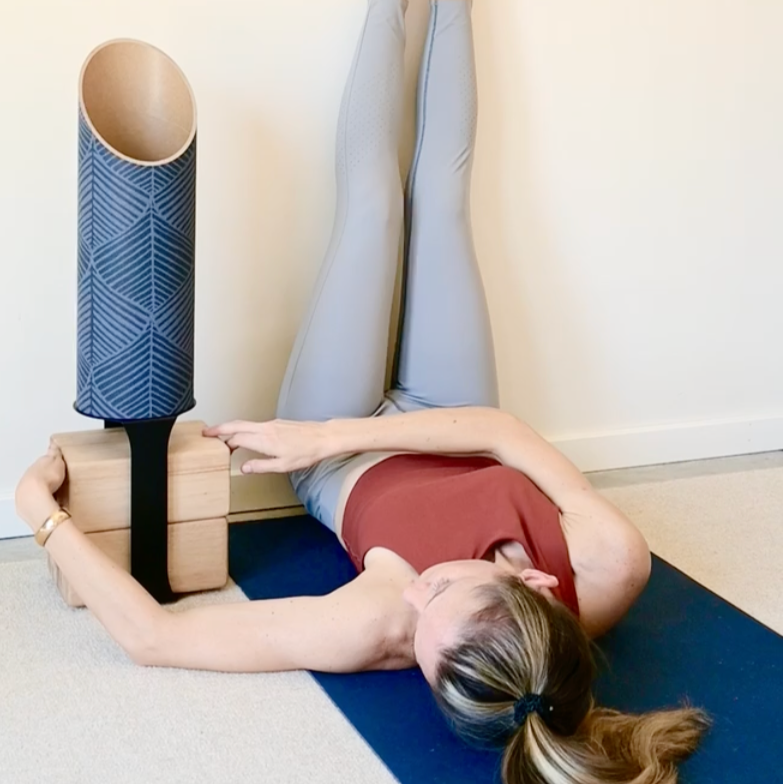As the popularity of yoga continues to soar, it's important for us to take a closer look at the environmental impact of the yoga industry. While yoga promotes harmony, mindfulness, and connection with nature, the production and consumption of yoga-related products can have significant consequences on the environment. In this blog, we will delve into the environmental challenges posed by the yoga industry and explore ways to make the practice more sustainable.
-
Yoga Mats: Yoga mats are a staple for practitioners, but their production often involves the use of environmentally harmful and toxic materials. In modern practice, most yoga mats are made from PVC (Polyvinyl Chloride), which is non-biodegradable and releases toxic chemicals during manufacturing and disposal. However, there are eco-friendly alternatives available, such as natural rubber, cork, and organic cotton yoga mats, which all biodegradable and can be sustainably sourced.
-
Yoga Apparel: The high demand for stylish yoga clothing has led to an increase in textile production, which comes with its own set of environmental challenges. Synthetic fabrics like polyester and nylon, commonly used in yoga apparel, are derived from non-renewable resources and contribute to microplastic pollution in our oceans. Opting for organic and natural textiles such as linen, which is made from flax seeds, cotton, hemp, or bamboo, can help reduce the carbon footprint and promote sustainable practices in the fashion industry. Plus, nature-born fibers feel fabulous on the skin, breathe well and wear beautifully with time.
-
Packaging + Waste: The waste generated from yoga product packaging also has significant environmental implications. Excessive plastic packaging, single-use water bottles, and plastic, disposable props significantly contribute to landfill waste and ocean pollution. To help reverse this upward trend, support brands that prioritize sustainable packaging and offer recycling or take-back programs aimed to make a positive difference in reducing the overall industry's environmental footprint.
-
Conscious Studio Practices: Yoga and fitness studios play a vital role in promoting sustainable practices to their students, teachers, and loyal members. By adopting eco-friendly measures like using energy-efficient lighting, implementing recycling programs, alternative transportation incentives, and providing eco-conscious products, yoga and fitness studios lead by example and inspire their communities to adopt sustainable living habits.
-
Travel + Retreats: Destination yoga retreats and workshops often involve air travel, which contributes to global carbon emissions and exposes you to high levels of electro-magnetic radiation. Choosing local or eco-friendly retreats, carpooling, and offsetting carbon emissions through environmental initiatives can help mitigate the impact of travel on the environment and your wellbeing.
-
Mindful Consumption: Ultimately, cultivating mindfulness extends beyond our yoga practice to our consumption habits. Practitioners can embrace conscious consumerism off the mat by making informed choices in their personal lives, supporting ethical and sustainable brands, and investing in high-quality, durable products that reduce the need for frequent replacements.
As lovers of yoga, it's essential for us to recognize and address the environmental impact of the yoga industry as a whole. As active participants, we are by definition complicit in yoga's plastic pollution problem, yet we are also empowered to move the industry in the right direction.
The Environmental Impact of Yoga Props and Sustainable Alternatives
Yoga is often associated with wellness and mindfulness, but have you ever considered the environmental impact of your practice? From the yoga mat you stand on to the blocks and straps you use, traditional yoga props are often made from synthetic materials that can have a negative impact on the environment. In this post, we’ll explore the environmental impact of traditional yoga props and introduce you to sustainable alternatives that can help you practice yoga in a more eco-friendly way.
The Environmental Impact of Traditional Yoga Props
Yoga mats are often made from PVC, a synthetic plastic that is not biodegradable and can release toxins during the manufacturing process. In addition to PVC, other common materials used to make yoga mats include rubber and foam, which can also have negative environmental impacts. Foam yoga blocks are often made from EVA foam, which is a type of plastic that is not biodegradable and can release harmful chemicals into the air when it is disposed of.
Another common yoga prop is the yoga strap, which is often made from nylon, a synthetic material that is derived from petroleum. Nylon can take hundreds of years to break down in the environment and can release toxins into the air and water during its manufacturing process.
The Environmental Benefits of Sustainable Yoga Props
Sustainable yoga props are made from natural, biodegradable materials that have a minimal impact on the environment. One example is cork, which is a renewable resource that can be harvested from cork trees without harming the tree. Cork yoga blocks are lightweight and provide a natural, non-slip surface for your practice. Other sustainable options include wood blocks, which are biodegradable and made from a renewable resource, and organic cotton straps, which are free from harmful chemicals and pesticides.
In addition to being eco-friendly, sustainable yoga props can also have health benefits. Many traditional yoga props are made from synthetic materials that can release toxins into the air during manufacturing and use. This process is known as off-gassing and can have negative impacts on your health. Sustainable yoga props, on the other hand, are made from natural materials that do not off-gas harmful chemicals.
Off-gassing can release volatile organic compounds (VOCs) into the air, which can have negative health effects such as headaches, dizziness, and respiratory problems. This is especially concerning for those with asthma or other respiratory conditions. Sustainable yoga props, such as cork blocks and organic cotton straps, do not release harmful VOCs and are a safer choice for those concerned about their health and the environment.
Yoga is a practice that can benefit both your body and mind, but it’s important to consider the environmental impact of your practice as well. By choosing sustainable yoga props made from natural, biodegradable materials, you can reduce your carbon footprint and practice yoga in a more eco-friendly way. In addition, sustainable yoga props can have health benefits by reducing off-gassing and exposure to harmful toxins. So next time you roll out your mat, consider making the switch to sustainable yoga props and take a step towards a more eco-conscious practice.
By making conscious choices, supporting eco-friendly brands, and adopting sustainable practices, we can minimize our personal ecological footprint and preserve the glorious diversity of life on this planet for future generations. Let's align values with actions and create a yoga community that not only nourishes our minds and bodies but also protects the Earth we all call home. Shop plastic-free and toxin-free yoga accessories here.
Ready to learn more? Dive into the Top 5 Plastics Polluting Your Yoga Practice.




















